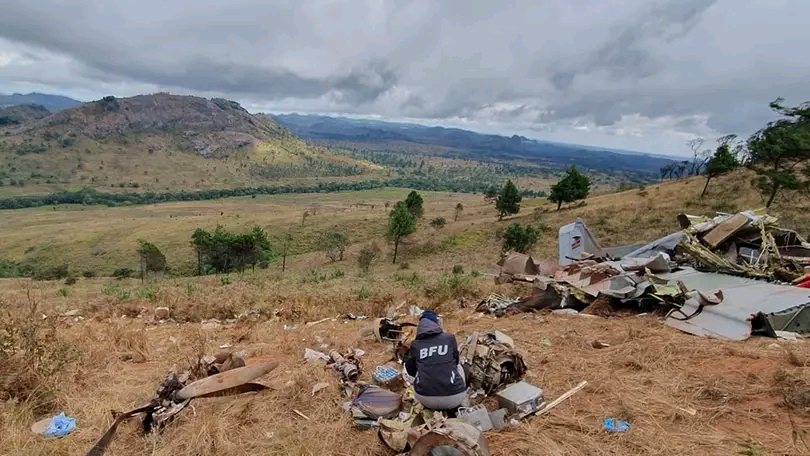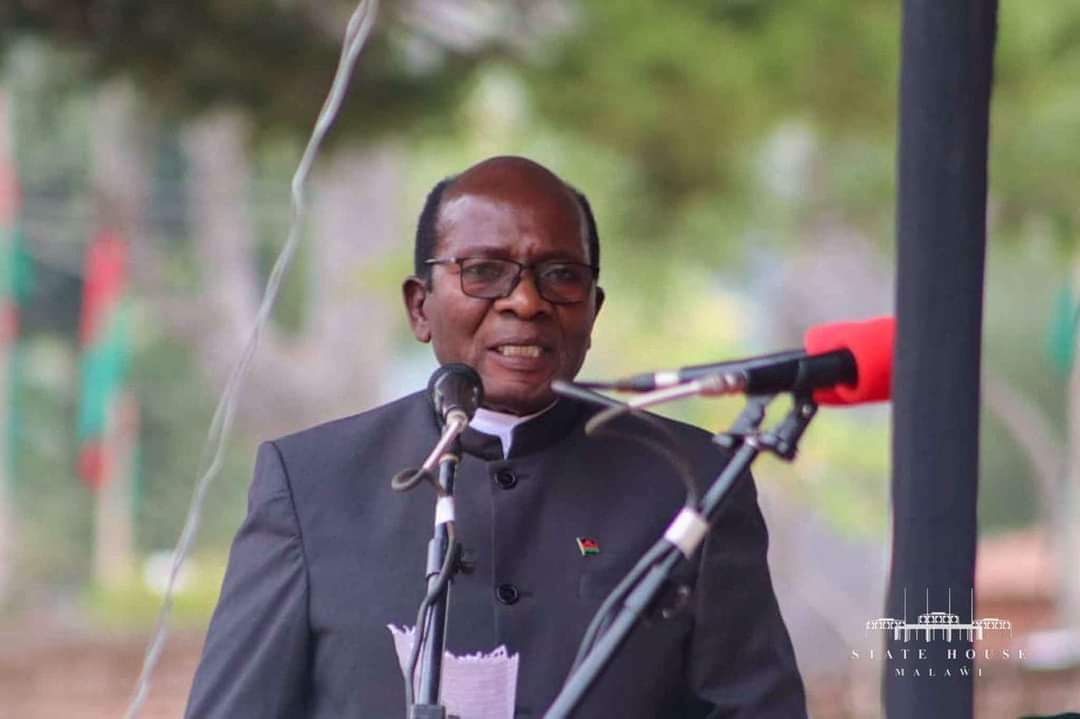By Burnett Munthali
The recent aircraft accident report has ignited substantial debate and skepticism among the public and key stakeholders. Although the report seeks to elucidate the causes of the tragic crash, it has faced considerable scrutiny regarding its findings and conclusions. The controversy primarily centers on the investigation’s handling and the accountability of high-ranking officials responsible for aviation safety.
The report has been sharply criticized for potentially revealing serious lapses in oversight and management. Observers argue that it exposes a troubling level of carelessness and incompetence among the authorities responsible for aviation safety. This criticism highlights broader concerns about the effectiveness of leadership in maintaining the safety and reliability of air travel. The perceived inadequacies in how the investigation was conducted have cast doubt on the competency of those overseeing aviation operations, raising questions about whether more robust oversight could have prevented the accident.
One of the primary criticisms is that the report leaves several key questions unanswered. Critics assert that it fails to provide a comprehensive explanation for the crash and may have overlooked crucial issues. This includes concerns about whether the investigation thoroughly addressed the factors leading up to and following the incident. The lack of detailed answers has frustrated those seeking a transparent and complete understanding of the accident, contributing to widespread dissatisfaction with the report. The gaps in the investigation fuel suspicions that it may have been incomplete or biased, possibly influenced by external factors.
The report’s examination of the roles of the Ministry of Defense, the Ministry of Transport, and other involved entities has sparked accusations of shifting responsibility. Some critics argue that the findings suggest these ministries bear significant responsibility for the accident, leading to political tensions. Concerns have been raised that political biases may have influenced the assignment of blame, potentially prioritizing party interests over national safety. This perception of political maneuvering complicates the discussion around accountability and undermines confidence in the report’s impartiality, casting doubt on whether the investigation was conducted fairly.
There is growing apprehension that the report may not fully address all aspects of the accident due to potential political influence. Critics argue that the investigation may have been swayed by external pressures, leading to a lack of transparency and a failure to hold all responsible parties accountable. The perception that the report does not offer clear preventive recommendations further diminishes trust in its conclusions. These concerns highlight the need for a more transparent and accountable investigation process to ensure that the findings are credible and contribute effectively to enhancing aviation safety.
In conclusion, the criticism surrounding the aircraft accident report underscores the urgent need for greater transparency, thoroughness, and accountability in such investigations. As stakeholders continue to scrutinize the findings, it is essential to address unresolved questions and concerns. Ensuring that the report fulfills its intended purpose of improving aviation safety and holding responsible parties accountable is crucial for restoring public trust and preventing future tragedies. A rigorous and transparent investigation process is necessary to address these criticisms and ensure that meaningful lessons are learned to enhance aviation safety standards




